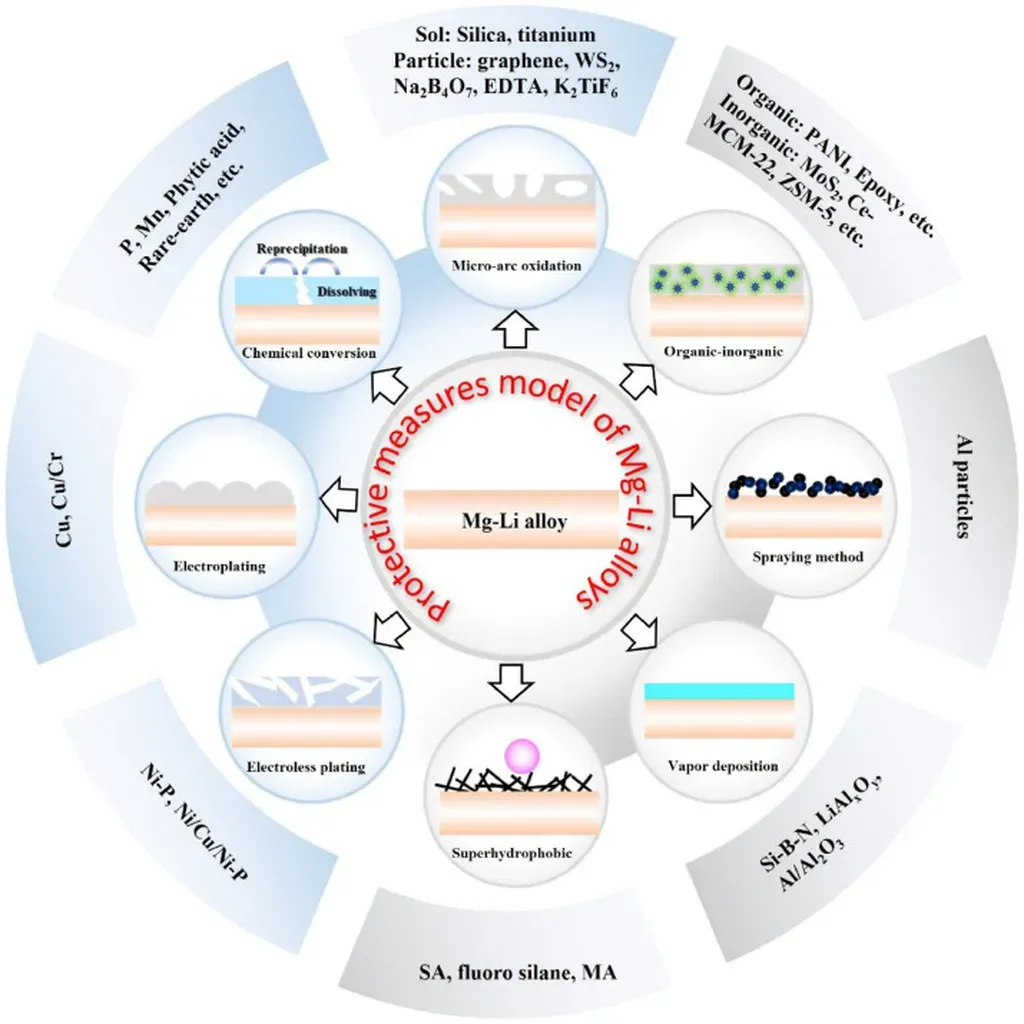In the quest to enhance the performance of aluminum alloys, a team of researchers led by Xingpu Zhang from the College of Materials and Chemistry at China Jiliang University has uncovered a significant breakthrough. Their study, published in *Materials Research Letters* (translated as *Materials Research Letters*), sheds light on the mechanism controlling the thickening of the T1 phase in an Al–Cu–Li–Mg–Ag alloy, a discovery that could have profound implications for the energy sector.
Aluminum alloys are widely used in various industries due to their lightweight and high strength-to-weight ratio. However, their thermal stability and mechanical properties are often limited by the coarsening of precipitates, tiny particles that form within the alloy and significantly influence its properties. Understanding and controlling this coarsening process is crucial for developing alloys that can withstand high temperatures, a critical requirement for applications in the energy sector, such as in aircraft and automotive components.
Zhang and his team focused on the T1 phase, a type of precipitate in aluminum alloys. They discovered that the coupling of solutes Ag, Cu, and Li at the T1/Al interface leads to the formation of Li-rich layers with varying separations from the pre-existing T1 unit cell. These Li-rich layers act as templates for the thickening of the T1 phase, with their different positions determining the thickening paths of different T1 phases.
“This finding provides a new perspective on how we can modify the high-temperature performances of Al alloys via interface engineering,” Zhang explained. The research suggests that by manipulating the interfacial chemical variations, it is possible to control the coarsening mechanism of precipitates, thereby enhancing the thermal stability and mechanical properties of aluminum alloys.
The study employed advanced techniques such as high-angle annular dark-field scanning transmission electron microscopy (HAADF-STEM) and density functional theory (DFT) calculations to reveal the atomic-scale details of the T1 phase thickening mechanism. These insights could pave the way for the development of next-generation aluminum alloys with improved performance characteristics, benefiting industries that rely on lightweight, high-strength materials.
As the energy sector continues to demand materials that can operate efficiently under extreme conditions, this research offers a promising avenue for innovation. By understanding and controlling the precipitate coarsening mechanism, engineers and scientists can design alloys that meet the stringent requirements of modern applications, from aerospace to automotive and beyond.
Zhang’s work not only advances our fundamental understanding of aluminum alloys but also opens up new possibilities for their practical applications. As the world moves towards more sustainable and efficient energy solutions, the development of high-performance materials will play a crucial role. This research is a significant step in that direction, offering a glimpse into the future of materials science and engineering.

